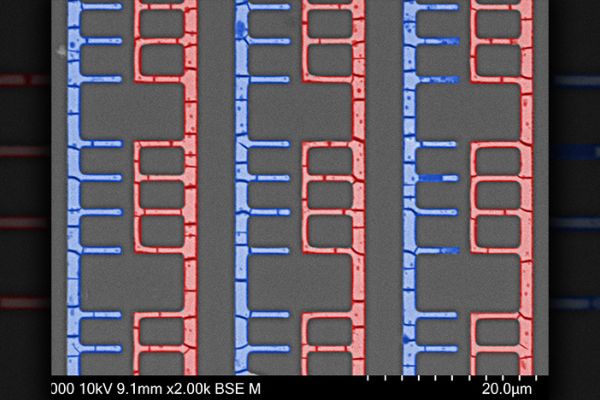Since the 1950s, the U.S. National Science Foundation's investments in materials research have yielded countless breakthroughs, including advanced materials, smart electronics and sustainable plastics.
From prehistoric stone tools to modern-day silicon semiconductors, materials have served as critical building blocks for the technologies that people depend on every day.
NSF invests in the discovery of new materials and processing methods that can unlock innovations across a wide range of sectors — such as medicine, agriculture, electronics, manufacturing, energy and national security.
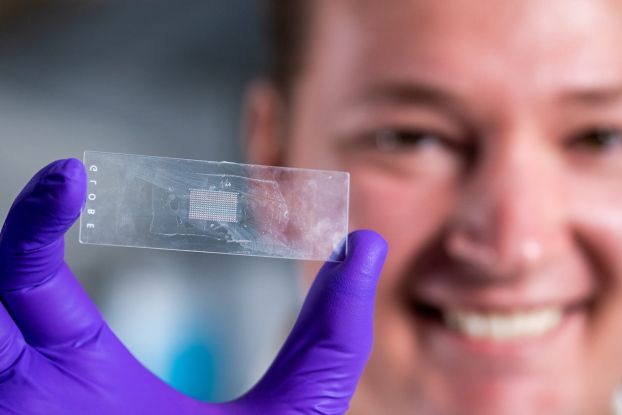
What is materials science?
Materials science and engineering explores the basic structure, properties and behavior of materials — down to the molecular, atomic and even subatomic levels — to create goods that benefit society.
Researchers in this field study a broad array of materials, ranging from the familiar, like silicon, glass, concrete, metals and plastics, to the exotic, like biomaterials and wholly new "designer materials" that are configured one atomic layer at a time.
 On this page
On this page
Brought to you by NSF
NSF's decades of sustained investments have ensured the continual advance of materials research. Pioneering work supported by NSF includes:
Hydrogels
NSF-funded research expanded the capabilities of hydrogel materials, now used in the production of contact lenses, wound dressing and hygiene products.
Smartphones
From their liquid crystal displays to their lithium batteries, NSF-supported research was essential to the creation of many materials found in smartphones.
Metal-organic frameworks
From absorbing toxic chemicals to extracting water from desert air, NSF's investments in metal-organic frameworks have only just begun to uncover the many uses of these materials.
Self-healing materials
NSF-funded research has yielded self-healing materials that can repair microscopic damage and prevent catastrophic failure, with applications in medicine, road construction, aerospace engineering and more.
Metamaterials
NSF's investments in metamaterials — engineered materials that exhibit properties not found in nature — are producing new and higher-performing optical, electronic and acoustic devices: from fiber optics to solar panels and antennas.
What we support

Fundamental research
We invest in fundamental research to understand, design and synthesize new materials — from nanomaterials to biomaterials, ceramics to metals.

Translating knowledge to practice
We invest in the application of commercially viable materials that push the frontiers of knowledge, address pressing societal challenges and enable economic growth.
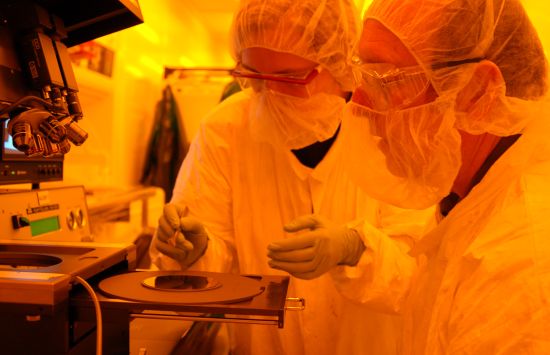
World-class research centers and facilities
We support a network of research centers and user facilities that tackle grand scientific and societal challenges and train the next generation of materials researchers. Our programs include:
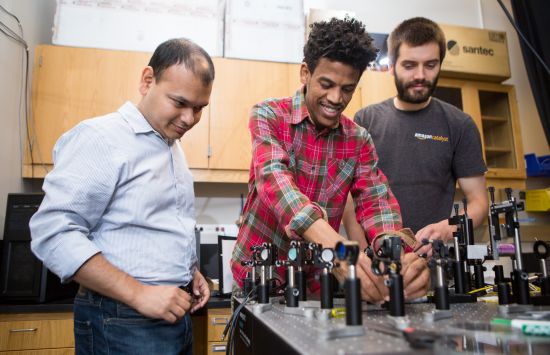
Education and workforce development
We invest in the creation of educational tools, materials, fellowships and curricula to enhance learning and foster an advanced materials workforce.
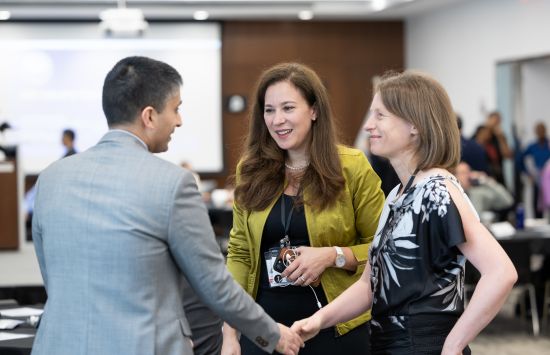
Partnerships to accelerate progress
We partner with other federal agencies, industry and nonprofits to share data, tools, expertise and other resources; strengthen workforce development; and translate research into products and services that benefit society.
Our facilities
We support research centers, user facilities, laboratories and instruments that accelerate discovery, spark the imaginations of students and address societal challenges. Our facilities include:
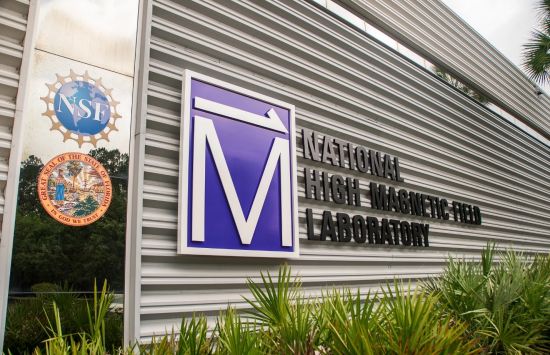
National High Magnetic Field Laboratory
MagLab is the largest and highest-powered magnet laboratory in the world, used by thousands of scientists to probe fundamental questions about materials, energy, life and the environment. It is an international leader in magnet design, development and construction, including the development of new superconducting materials.
Featured funding
Division of Materials Research: Topical Materials Research Programs
Supports materials research and education in the following areas: biomaterials, ceramics, condensed matter physics, electronic and photonic materials, metals and metallic nanostructures, polymers, and solid state and materials chemistry.
America's Seed Fund (SBIR/STTR)
Supports startups and small businesses to translate research into products and services, including advanced materials, for the public good.
Condensed Matter and Materials Theory
Supports research and education on hard and soft materials and related phenomena; the development of associated analytical, computational and data-centric techniques; and predictive materials-specific theory, simulation and modeling.
Mechanics of Materials and Structures
Supports fundamental research on the behavior of deformable solid materials and structures under internal and external actions.
Partnerships for Research and Education in Materials
Supports research and education opportunities between minority-serving institutions and NSF's Division of Materials Research-supported centers and facilities to increase recruitment and degree attainment by those most underrepresented in materials research.
NSF directorates supporting materials research
Featured news
Additional resources

Educational resources
View lesson plans, activities and multimedia for K–12 audiences that focus on exploring materials science.
View the resources

